A garden that grows well starts with healthy soil that gives plants the nutrients, water, and support they need to grow. Gardeners need to know about and improve the health of the soil.
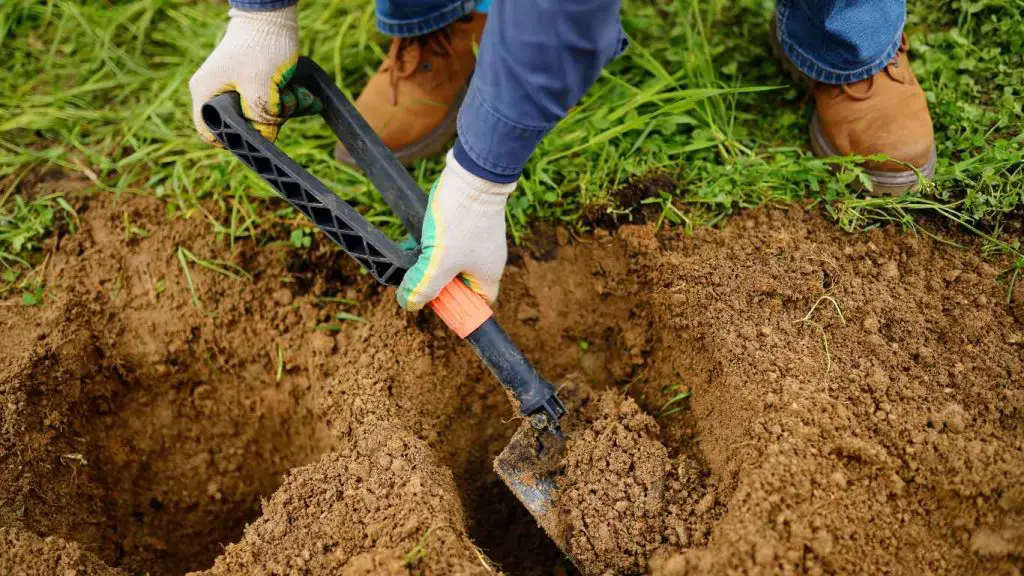
There are many good bacteria, fungi, and microorganisms in the soil. These break down organic matter and release nutrients for plants. Soil that is rich and well-structured helps plants resist diseases and pests and supports their roots.
The health of the soil is very important for plant growth, disease resistance, and crop yield.
It keeps water in the soil and lets it drain properly, which stops root diseases and encourages healthy root growth. Investing in the health of the soil is good for gardeners because it creates a long-lasting, productive environment that plants can use year after year, which is important for healthy root growth.
Solution 1: Composting
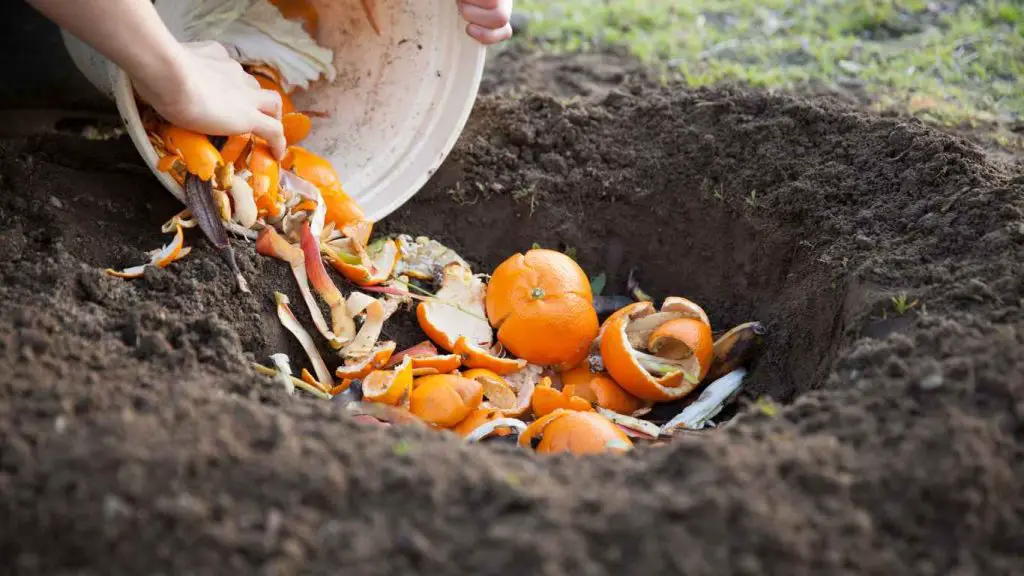
By breaking down organic matter into rich, dark compost, composting is an easy and effective way to improve the quality of garden soil.
Compost is a great way for plants to get nutrients like nitrogen, phosphorus, and potassium that they need to grow. It improves the structure of the soil by keeping water and nutrients in.
This makes sandy soil more porous, which makes it easier for roots to grow through. Compost also adds good microorganisms that break down organic matter, release nutrients, and keep pests and diseases that come from the soil at bay.
It also brings the pH of the soil back to a normal level, which lets more plants grow there and protects plant roots from sudden changes in pH that could be harmful.
Kitchen scraps like coffee grounds, tea bags, eggshells, fruit and vegetable peels, and bread and pasta can be used to compost. Meat, dairy, and oily foods should not be composted.
You can also use grass clippings, leaves, and plant stems and leaves. Compost bins and compost piles are both ways to compost. Compost bins control the process and keep the conditions just right, while compost piles are open piles of organic materials that break down naturally.
Stacks are better for bigger amounts of stuff and can be built on the ground or in a set area. Bins can be simple or fancy.
To create compost, mix green and brown materials in a ratio of two parts brown to one part green. Evenly distribute oxygen and water in the compost, turning it over frequently. If needed, add water or more brown materials to keep it moist.
Composting can take a few months to a year, depending on the process and local conditions. By composting food scraps and yard waste, you reduce landfill waste and improve soil fertility, enhancing the growth of garden plants.
Related Articles:
- How To Make Compost At Home Using Kitchen And Garden Wastes
- What To Or What Not To Compost?
- How To Make A DIY Compost Bin
Solution 2: Mulching
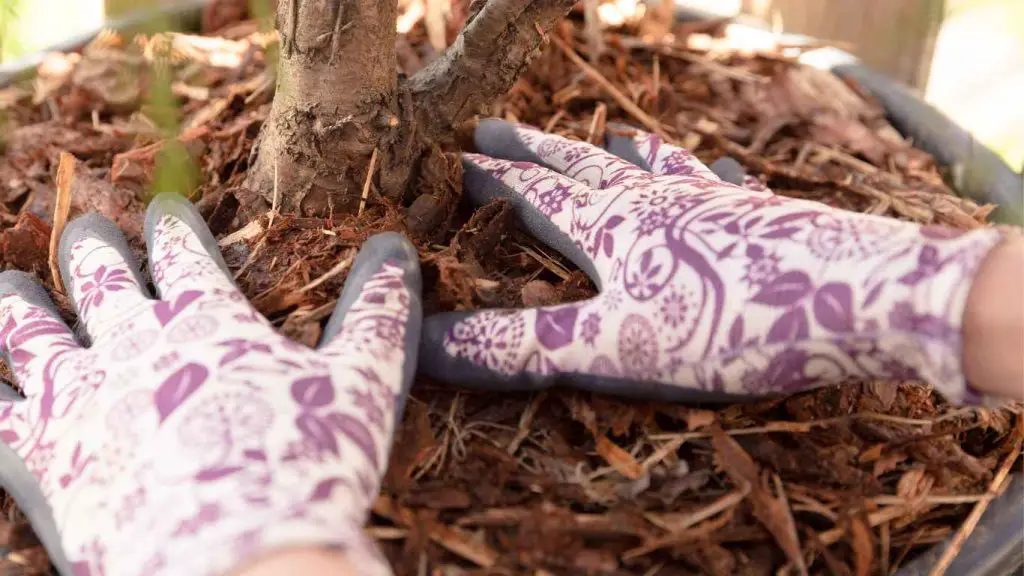
Covering the soil with a layer of material is called mulching and is an important part of gardening. It can be organic or inorganic, and each has its own benefits.
Organic, synthetic, plastic, and stone mulch are some of the different kinds. Organic mulches are made from natural materials and break down over time, adding nutrients to the soil. Straw is great for vegetable gardens because it is light and easy to spread out.
Wood chips cover things for a long time and make the soil better. Inorganic mulches are made of man-made materials that don’t break down.
Plastic mulch works well to keep weeds down, but it needs to be handled carefully so it doesn’t harm the environment. Stone mulch is long-lasting and easy to take care of, making it perfect for areas that need to keep weeds down for a long time.
Mulching is a good gardening technique that helps keep soil moist by forming a barrier that stops water from evaporating and reducing the need to water plants more often.
By keeping the soil cooler in the summer and warmer in the winter, it controls the temperature, which is good for plant roots. Weeds are also kept down by mulch, which blocks sunlight and makes plants healthier by reducing competition for nutrients, water, and light. This makes garden management easier.
Solution 3: Cover Crops

Cover crops are plants that are grown in the off-seasons to improve the health and fertility of the soil. They are grown mainly to help the main crop grow better, not just to harvest.
Cover crops include legumes like beans, peas, and clover. They use symbiotic bacteria in their roots to fix nitrogen in the soil, which means they don’t need as much synthetic fertilizer.
Cover crops made of grass, like rye, oats, and barley, grow quickly and have deep roots that keep the soil from washing away. As they break down, they add organic matter to the soil.
Cover crops are good for the health of the soil in many ways. They keep the soil from washing away by anchoring it, which slows the loss of topsoil and over time makes the soil more stable. They also add organic matter to the soil, which makes it stronger, better at holding water, and easier to feed plants.
Cover crops that are legumes are very important for nitrogen fixation. They change nitrogen in the air into a form that plants can use, which means they don’t need as many synthetic fertilizers.
Also, they keep weeds down by shading the soil and giving off natural chemicals, which cuts down on the need for herbicides.
Cover crops are also good for the health of the soil because they increase biodiversity, make the soil more fertile, and shelter beneficial soil organisms.
Adding cover crops to gardening or crop rotation plans can make the soil much healthier, have less of an effect on the environment, and make crops more productive.
Solution 4: Soil Testing and Amendments
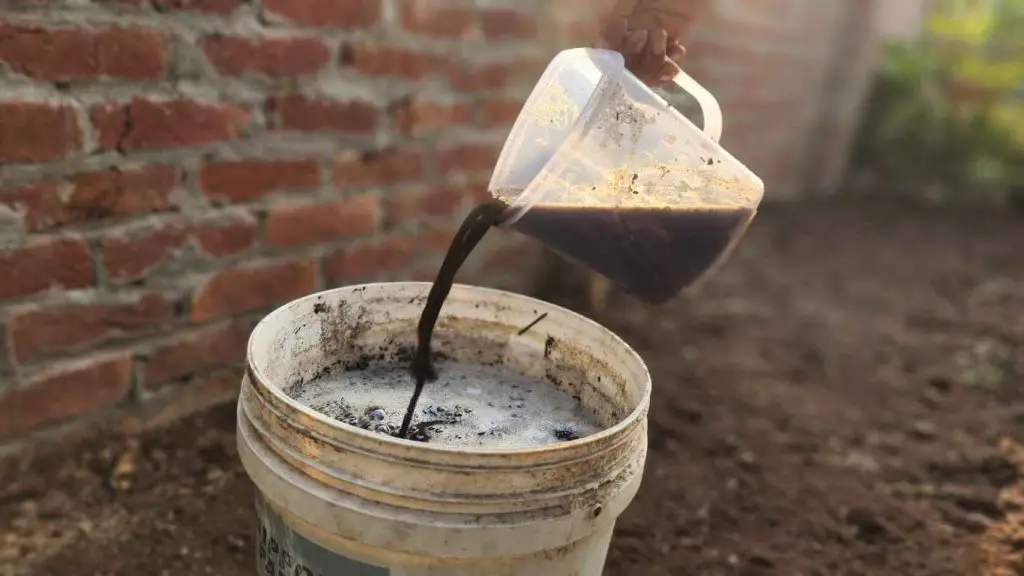
Testing the soil is important for figuring out things like the pH level and the nutrients that are in it. It helps you make smart choices about how to care for the soil and make crops grow well. Plants like soil that is acidic to neutral.
Soil that is too acidic or alkaline can lock up nutrients that plants need. Soil testing also shows how much of each nutrient is present, which lets you use the right amount of fertilizer to keep plants healthy and prevents nutrients from leaching into groundwater.
Lime (Calcium Carbonate), a common soil amendment, raises the pH of the soil and gives plants calcium for healthy cell walls. It should be put down based on what a soil test says and must be done well before planting. Soil pH drops when sulfur is added.
This lets nutrients like phosphorus move around, which can get stuck in soils that are too acidic. It should be put down based on the results of a soil test and well before planting. Compost and manure are examples of organic fertilizers that can help improve the structure of the soil and release nutrients slowly over time.
This makes the soil more fertile, increases microbial activity, and makes it easier for water to stay in the soil. They also help the soil stay healthy and last for a long time.
Soil testing involves getting samples of soil from different places, testing them all at the same depth, and figuring out what changes need to be made to the soil so plants can grow well.
Gardeners and farmers can keep the soil healthy, get the most out of their crops, and have the least impact on the environment by testing and amending it on a regular basis.
Related Articles:
- How To Fertilize Soil For A Vegetable Garden
- How To Make Liquid Fertilizer At Home For Your Plants?
- How To Make Liquid Fertilizer From Compost For Vegetables?
Solution 5: Crop Rotation

Crop rotation is a way to farm where different plants are planted in the same area at different times of the year or season to improve the health of the soil and the crop yield.
Farmers use crop rotation to take care of different parts of their crops. It helps control diseases by messing up the life cycles of pests and diseases that attack certain plants.
It also keeps the soil’s nutrients in balance, which cuts down on the need for synthetic fertilizers and keeps the soil fertile over time. Crop rotation also helps control weeds by throwing off their growth cycles and stopping certain types of weeds from growing too much in the soil. Overall, crop rotation is a good way to keep crops healthy and productive.
Crop rotation is a sustainable practice that improves soil health, eliminates pests and diseases, boosts crop yield, and safeguards the environment. It maintains soil structure, retains water, and promotes a diverse range of microorganisms.
It reduces the need for chemical pesticides and reduces the use of synthetic pesticides and fertilizers, thereby reducing chemical runoff and water quality issues.
Farmers typically plan rotations for several years to maintain soil health, increase crop yields, and promote environmental sustainability.
Solution 6: Organic Matter Addition
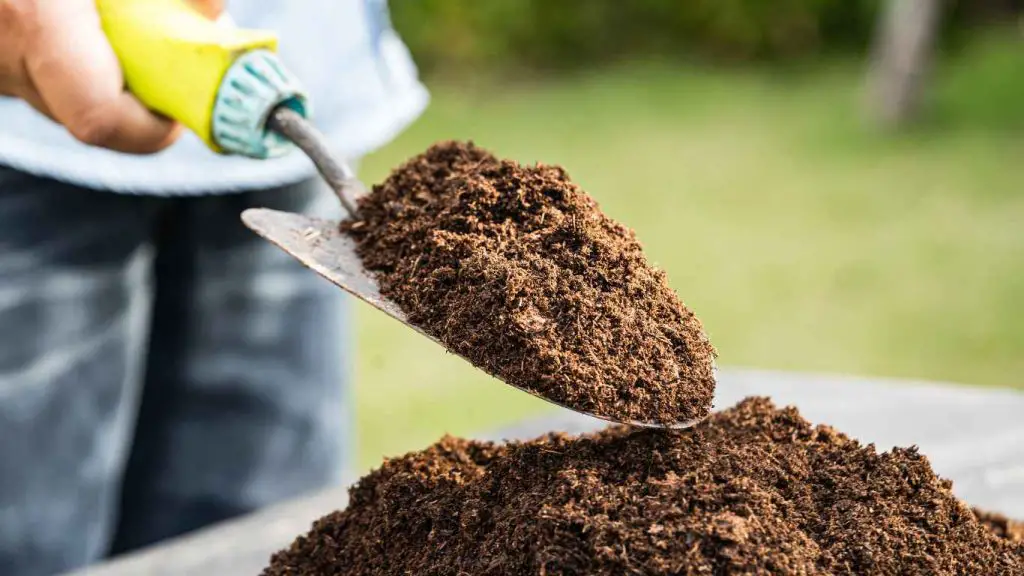
Adding organic matter to gardens or farms can greatly improve plant growth and soil health. It is important for keeping the structure and fertility of the soil.
Compost, a mix of organic matter, improves soil structure by holding water and nutrients. It can be applied before planting or on existing plants. Animal manures, such as well-aged or composted manure, add nutrients like nitrogen, phosphorus, and potassium to the soil, supporting plant growth.
Leaf mold, made up of partially broken leaves and organic matter, enhances soil structure by holding water and nutrients, supporting plant roots, and attracting good soil organisms. It is particularly effective in improving the texture of sandy or clay soils.
Organic matter enhances soil structure by increasing microbial activity, making nutrients more accessible, and retaining more water. It improves soil adhesion, allowing deeper roots and more air and water in.
Organic matter releases nutrients slowly, allowing plants to use them over time. It also holds water, preventing water loss, aiding drought resistance, and reducing irrigation needs. Regular addition of organic matter helps gardens maintain health.
Solution 7: Proper Watering Techniques

Maintaining soil health and encouraging ideal plant growth requires proper irrigation. By encouraging aeration and preventing compaction, it aids in maintaining soil structure by making it easier for roots to obtain water and nutrients.
Nutrients in the soil are dissolved by water, which allows plant roots to access them. Plants are guaranteed to receive a constant supply of vital nutrients when moisture levels are maintained. Additionally, moisture promotes the breakdown of organic matter and the release of nutrients by helpful microorganisms.
Efficient water use is crucial for plants to maintain moisture levels without wasting water. Techniques like drip irrigation, mulch, soaker hoses, rainwater harvesting, watering schedules, and smart irrigation controllers can help.
Drip irrigation reduces runoff and evaporation, while mulch enhances soil fertility and moisture retention. Timing irrigation, rainwater collection, and intelligent irrigation controllers ensure water conservation and optimal plant health. These methods ensure optimal water use and minimize overwatering.
The way you manage water in your garden should be adapted to its unique climate. Use effective irrigation systems, xeriscaping techniques, and a focus on drought-tolerant plants. For coastal regions, modify watering schedules, collect rainwater, and select plants that can withstand salt.
A healthier, more fruitful garden will result from putting these tactics into practice. We urge you to get started right now and reap the rewards. Let us know about your gardening adventures and advice so we can create a vibrant gardening community!
